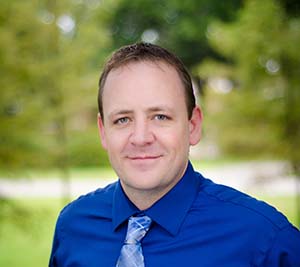University of Florida researchers along with BME professor Dr. Kevin J. Otto are helping the National Institutes of Health build a 3D cellular map of the human body showing how tissues and organs differ on a cellular level.
Otto along with a multidisciplinary team at UF Health were awarded a $5.1 million grant as part of the Human BioMolecular Atlas Program (HuBMAP).
Otto is a Co-Investigator on the project and Co-PI of projects pertaining to lymph nodes, spleen and the thymus. Otto will oversee tissue clearing and light sheet fluorescence microscopy (LSFM) for all three projects. To monitor these microdevices, his laboratory has developed extensive expertise in tissue clearing protocols and thus, houses the light sheet fluorescence microscope (Zeiss Z1).
“I am honored to be a part of the HuBMAP program and believe that our efforts will provide valuable insights on the anatomy and physiology of these understudied human tissues. The nPOD pancreatic project has greatly enhanced our understanding of the human pancreas; HuBMAP will do the same for the human lymphatic system.” said Otto.
The overall goal for the HuBMAP is to catalyze development of a framework for mapping of the human body at high resolution to transform our understanding of tissue organization and function. This will be achieved by:
• Accelerating the development of the next generation of tools and techniques for constructing high resolution spatial tissue maps that quantify multiple types of biomolecules;
• Generating foundational 3D tissue maps using validated high-content, high-throughput imaging and omics assays;
• Establishing an open data platform that will develop novel approaches to integrating, visualizing and modelling imaging and omics data to build multi-dimensional maps, and making data rapidly findable, accessible, interoperable and reusable by the global research community;
• Coordinating and collaborating with other funding agencies, programs and the biomedical research community to build the framework and tools for mapping the human body;
• Supporting projects that demonstrate the value of the resources developed by the program to study individual variation and tissue changes across the lifespan and the health-disease continuum.
The project will provide researchers with deeper understanding into how the trillions of cells in our bodies are arranged in tissues to carry out the functions that keep us alive and healthy.
